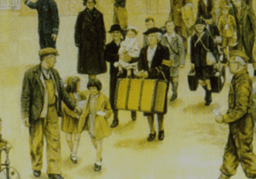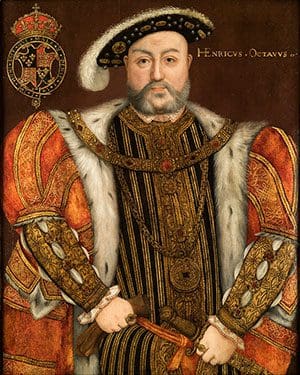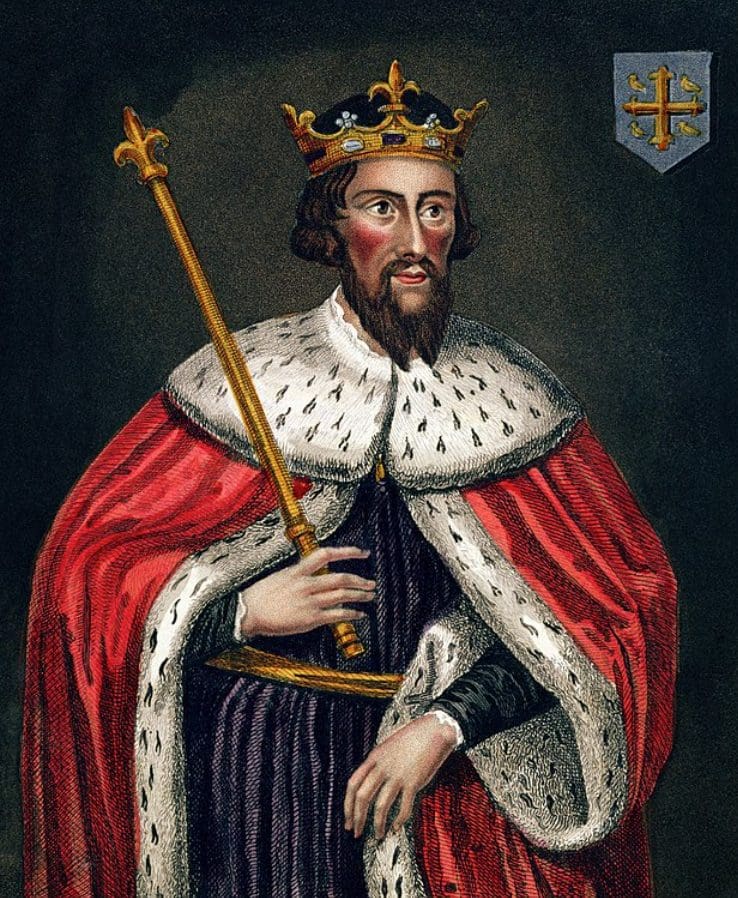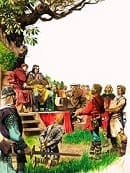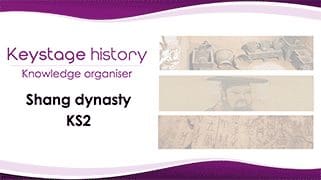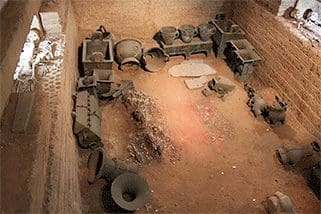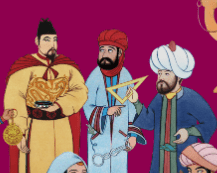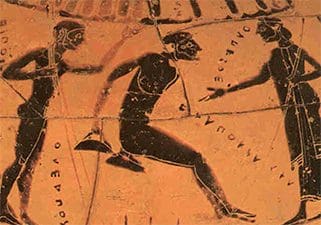
We thought we would offer you a range of different cameos showing how the history of the Olympics could be imaginatively integrated into your current teaching.
The teaching activities below have all be tried and tested in schools and have been judged outstanding by OFSTED inspectors. They cover Key Stage 2 and Key Stage 3. At Key Stage 2 pupils will encounter the Olympic Games as part of their study of Ancient Greece. At Key Stage 3 the Olympics provides a really motivating way into some of the more complicated changes in the 20th century world.
Much of the information on the ancient Olympic Games comes from excavations of stadiums; the starting line at Olympia is still there (see PowerPoint slide 1) and also from sculptures such as the well-known discus thrower, and particularly from vase paintings. These depict such events as chariot races, javelin and discus throwing, long jumping,


